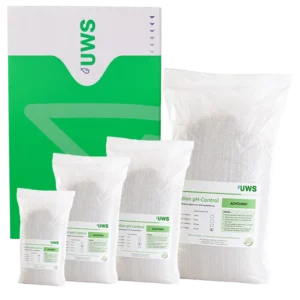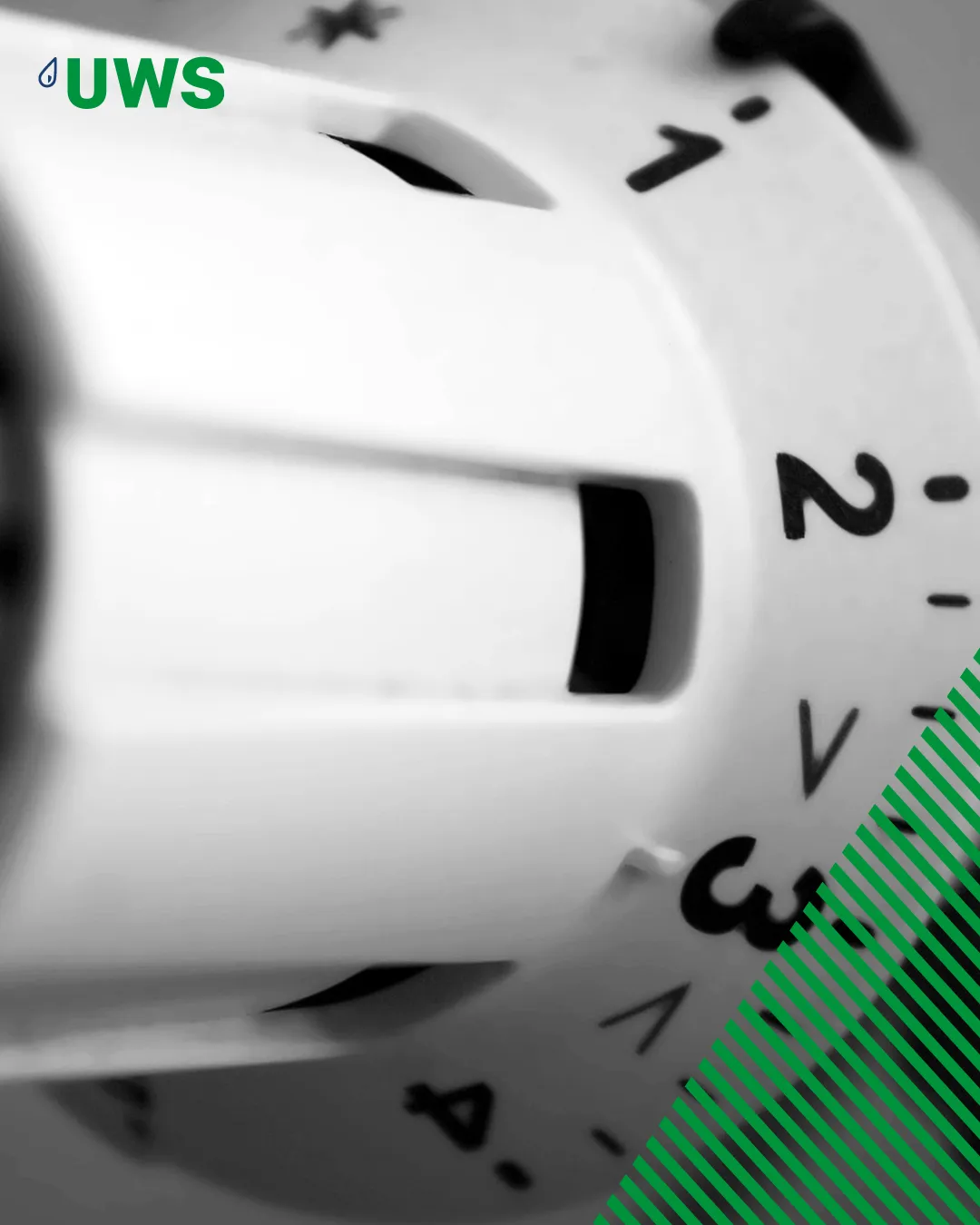Distinction between ÖNORM H 5195-1 and VDI 2035 – what heating engineers really need to know
Imagine you’re sitting at the customer’s kitchen table. The new building is almost finished, the heat pump is gleaming in the boiler room – and the manufacturer’s documents are lying on the table. Suddenly, the big question arises: “Do we now have to follow the VDI 2035 or the ÖNORM?”
And you think: “So, which is it?” – this is where it gets interesting. Because not all standards are the same, and the differences are not just an academic detail. They determine in everyday practice whether a system operates according to standards, whether you receive complaints, or whether the manufacturer honors the warranty.
VDI and ÖNORM – two worlds, one goal
Both sets of standards have the same basic objective: to protect heating systems from damage caused by incorrect water. But the perspective is different:
- VDI (Association of German Engineers)
Technically oriented, practical, and with clear specifications. The VDI guidelines are considered the authoritative state of the art in Germany. Manufacturers of heat generators, pumps, and fittings regularly refer to VDI 2035 when it comes to warranty or guarantee conditions. - ÖNORM (Austrian Standards Institute)
Firmly anchored in law, more detailed in system consideration, and binding in Austria. While the VDI is a guideline, the ÖNORM is contractually required in many projects and is therefore more binding.
In short: VDI shows you how to do it correctly from a technical perspective, while ÖNORM specifies even more precisely what you must comply with.
VDI 2035 – the classic in Germany
The VDI 2035 “Prevention of Damage in Hot Water Heating Systems” is the best-known guideline in the German HVAC trade. It clearly describes how heating water must be conditioned to prevent corrosion, scale, and other damage.
Especially important:
- Limit values for total hardness and conductivity, graduated according to boiler output.
- Recommendations for the pH value (usually 8.2–10, for aluminum 8.2–9).
- Focus on the prevention of scaling and corrosion.
VDI 2035 is therefore a very practical guideline – it helps you quickly decide in everyday situations: Treat the water or not?
ÖNORM H 5195-1 – the Austrian sister with its own signature
The ÖNORM H 5195-1 “Prevention of Damage in Hot Water Heating Systems” goes deeper than the VDI in many respects.
It not only describes which water quality must be maintained, but also how to achieve it – and that makes it much more comprehensive:
- Exact specifications for the design of treatment systems.
- Detailed limit values for conductivity, pH value, and hardness.
- Higher requirements for monitoring and follow-up: The system must not only be correct at start-up, it must be monitored continuously.
In Austria, this means for you: The ÖNORM is not a “may”, but a “must”. Clients, planners, and authorities demand compliance – deviations can quickly become a problem.
The key differences between VDI 2035 and ÖNORM H 5195-1
So you can quickly keep track in everyday life, here are the core topics compared:
- Binding nature
- VDI 2035: Guideline, state of the art in Germany, often required by manufacturers as a prerequisite.
- ÖNORM H 5195-1: Standard, binding in Austria and often contractually stipulated.
- Level of detail
- VDI 2035: Focus on prevention of scaling and corrosion, practical limit values.
- ÖNORM H 5195-1: Additional requirements for planning and design.
- Documentation & monitoring
- VDI 2035: Measurements recommended at commissioning, annual maintenance, and operational disturbances.
- ÖNORM H 5195-1: Documentation and regular inspections required.
- System consideration
- VDI 2035: Focus on water quality.
- ÖNORM H 5195-1: Holistic approach, including technology, maintenance, and operation.
What does this mean for you in practice?
If you work in Germany, you can’t get around VDI 2035 – it is the benchmark by which manufacturers base their guarantees.
In Austria, the following applies: ÖNORM H 5195-1 is binding. Here, it is not enough to treat the heating water just once – you also have to prove that it remains within the target range over time.
And no matter which side of the border you are on: The best solution is always to work with a system that covers both worlds. This is exactly what products like Vadion pH-Control in combination with UWS devices are made for – they automatically provide you with the correct values and ensure that you meet both the VDI requirements and the ÖNORM specifications.

Mischbettharz Vadion pH Control
Our Vadion pH-Control is a mixed bed resin that not only desalinates the water to < 100 μS/cm (equivalent to 0-2 °fh) but also ensures that the pH value of the filling water is within the required range.To the product
Conclusion
Whether VDI 2035 or ÖNORM H 5195-1 – both standards have the same goal: to prevent damage and protect systems in the long term. The difference lies in the binding nature and in the level of detail.
For you as a heating engineer, this means: Understand the differences, know the requirements of your market – and work with solutions that give you the confidence to cover all requirements.
👉 With Vadion pH-Control and the matching UWS devices, you are on the safe side – in Germany as well as in Austria.



